Do you ever feel like your driver-facing camera is watching your every move? Well, it might not be farfetched to think that! With the advent of modern technology, cameras have become increasingly present in almost all aspects of our lives.
In cars specifically, driver-facing cameras have been added as a safety feature – but they can also make us feel uneasy and exposed. If you’re looking for an easy way to disable this component, then read on — we’ll provide step-by-step instructions on how to disable driver facing camera.
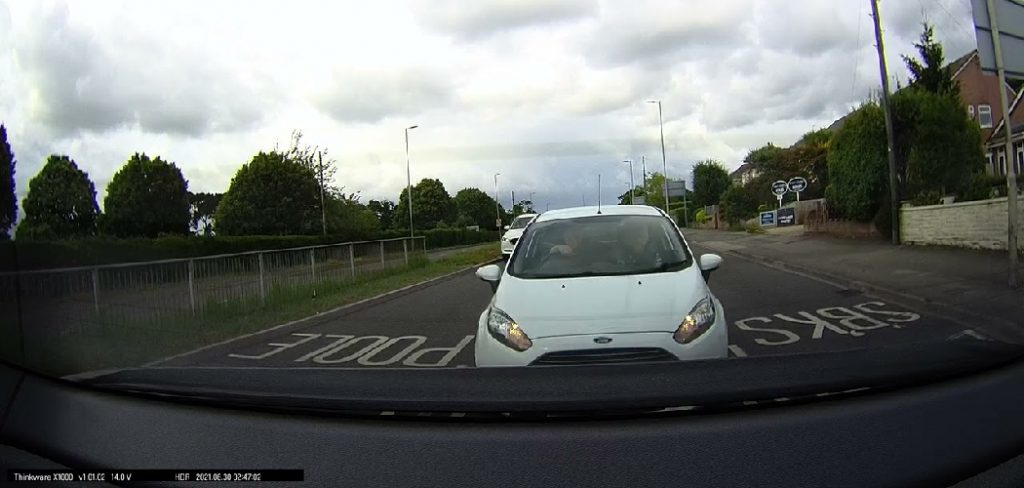
Why Would You Want to Disable the Driver Facing Camera?
There are a few reasons why you might want to disable your driver-facing camera. Some people might view it as an invasion of privacy, while others may simply find it distracting. Whatever your reason may be, disabling this feature is relatively easy and doesn’t require any specialized skills or tools.
11 Step-by-step Guidelines on How to Disable Driver Facing Camera
Step 1: Locate the Driver Facing Camera
The first step is to know where your driver-facing camera is located. It’s usually found near the rearview mirror, either on top or bottom of the windshield. It may also be integrated into the dashboard or near the headlights. It’s a small circular or rectangular-shaped camera that is usually black in color. You may need to look closely or use a flashlight to locate it. This step may vary depending on the make and model of your car.
Step 2: Check the User Manual
Before attempting to disable the driver-facing camera, it’s always best to consult your car’s user manual. It may contain specific instructions on how to disable the camera and any potential consequences. This is especially important if your car has advanced driver assistance systems (ADAS) that use the camera for certain safety features. If this is the case, you may need to disable these features as well or consult a professional.
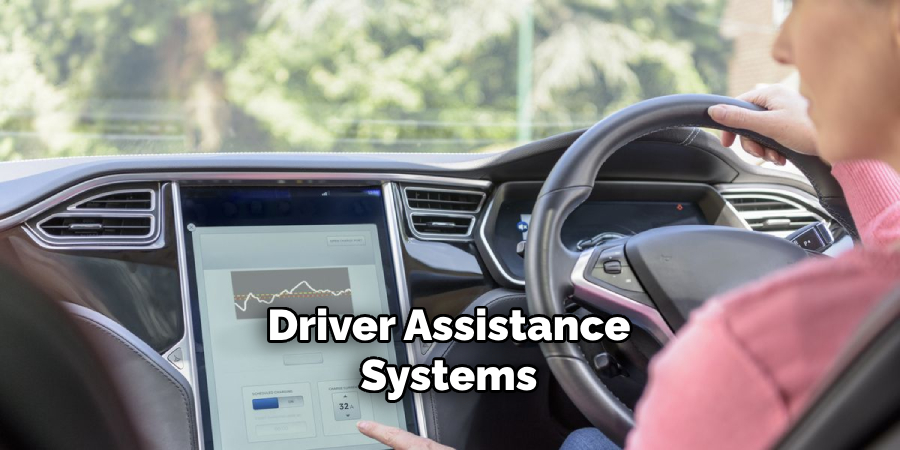
Step 3: Turn Off the Power to the Camera
If your car has an on/off button specifically for the driver-facing camera, simply press it to turn off the power. If not, you can try removing the fuse that powers the camera. This should be located in your car’s fuse box, which is typically under the hood or in the cabin. Refer to your user manual for more specific instructions on how to locate and remove the correct fuse. You may also consider labeling the removed fuse for future reference.
Step 4: Disconnect the Camera
If turning off the power doesn’t work, you can try disconnecting the camera altogether. To do this, you may need to unscrew any screws holding it in place or unplug any cables connected to it. Again, refer to your user manual for more detailed instructions on how to disconnect the camera. You may also need to remove any panels or covers to access the camera. You may need to consult a professional for this step if you’re not comfortable doing it yourself.
Step 5: Use a Camera Blocker
If disconnecting the camera is not an option, you can purchase a camera blocker. This is a small sticker or plastic cover that can be placed over the lens of the camera. It will effectively block any view from the camera without damaging it or interfering with its functionality. You can find camera blockers online or at your local auto parts store. However, this is not a permanent solution as the blocker can easily be removed.
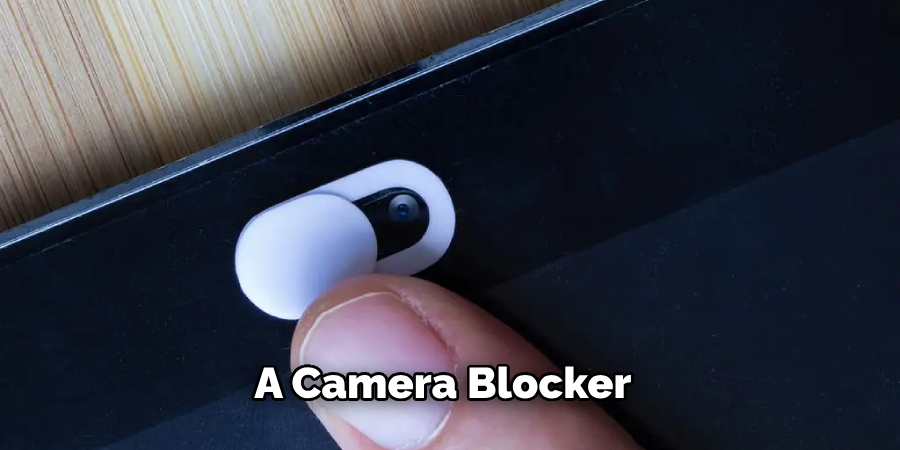
Step 6: Cover the Camera
Another option is to cover the camera with a piece of black electrical tape. This is a quick and easy solution, but it may leave residue on your windshield if not removed carefully. It’s also not a permanent solution as the tape may come off while driving and expose the camera again. It’s best to use this as a temporary measure until you can properly disable the camera.
Step 7: Turn Off the Power to the Camera Through the Car’s Settings
If your car has a touchscreen display or infotainment system, you may be able to turn off power to the driver-facing camera through its settings. Look for any options related to ADAS or cameras and disable them. Keep in mind that this may also disable other safety features that rely on the camera. But it’s a convenient option if you don’t want to physically disconnect or cover the camera.
Step 8: Consult a Professional
If you’re not comfortable or confident in disabling the driver-facing camera yourself, it’s best to consult a professional. They will be able to provide expert advice and assistance in disabling the camera without causing any damage. This may be necessary if your car has advanced driver assistance systems or other complex safety features that rely on the camera.
Step 9: Disable the Camera Through the Manufacturer
Another option is to contact the manufacturer and request for them to disable the driver-facing camera. This may not always be possible, but some manufacturers may have a process in place for disabling certain components upon request. Keep in mind that there may be a fee for this service and the process may vary depending on the manufacturer. But it’s worth checking into if you’re unable to disable the camera yourself.
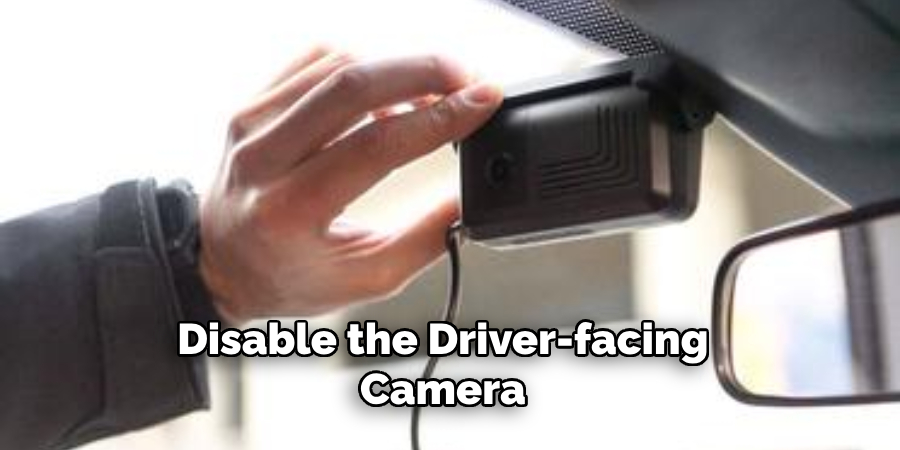
Step 10: Consider the Consequences
Before disabling your driver-facing camera, it’s important to consider the potential consequences. If your car has ADAS features that rely on the camera, they may no longer function properly. This could compromise your safety while driving. Additionally, disabling the camera may also void your car’s warranty. It’s important to weigh these factors before making a decision.
Step 11: Re-evaluate Your Decision
If you’re considering disabling your driver-facing camera for privacy reasons, it’s worth re-evaluating your decision. Many cars with this feature only record video when triggered by a specific event such as a collision or sudden braking. Always consult your user manual for more information on how the camera operates.
You may also want to consider other privacy measures such as using a dashcam or covering the camera with a piece of tape when not in use. Overall, it’s important to understand the purpose and function of your driver-facing camera before making a decision to disable it. So, think carefully and make an informed decision based on your specific needs and concerns.
This footage is usually only accessible by the car owner and can be used for insurance purposes in case of an accident. If you still feel uncomfortable with the camera, you can always disable it by following the steps on how to disable driver facing camera outlined above. But it’s worth considering the benefits of having this extra layer of protection while driving. So, think carefully and make an informed decision. Happy driving!
Safety Concerns
While disabling the driver-facing camera may seem like a simple task, it’s important to approach it with caution. Always consult your car’s user manual and follow any specific instructions provided by the manufacturer. If you’re unsure or uncomfortable with the process, seek professional assistance.
Keep in mind that disabling the camera may also affect other safety features in your car, so it’s important to consider the potential consequences before making a decision. Safety should always be the top priority when it comes to any modifications or changes made to your car’s components. Drive safely and responsibly at all times. So, drive safe! Stay safe! Good luck!
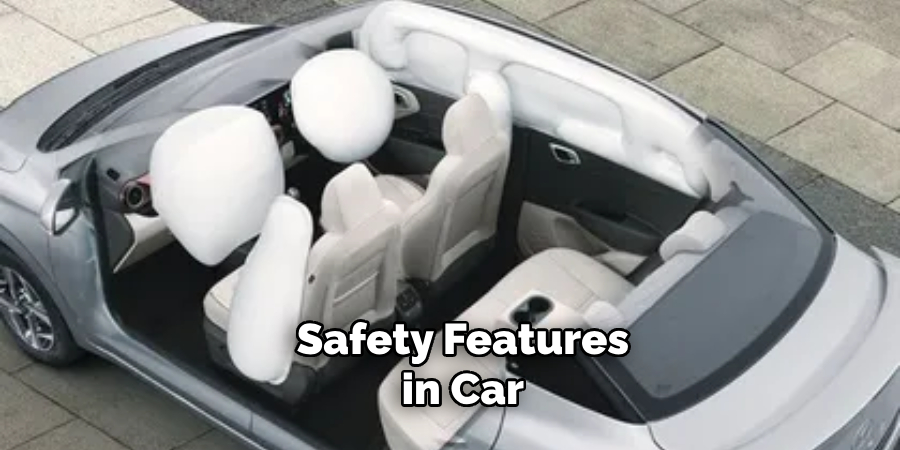
Legal Implications
Before disabling your driver-facing camera, it’s important to understand any potential legal implications. In some countries or states, it may be illegal to drive a car with disabled safety features.
Additionally, if you’re involved in an accident and the camera is disabled, it could affect insurance claims or even result in legal repercussions. It’s important to thoroughly research the laws and regulations in your area before disabling the camera. Consider consulting a legal professional for further advice if necessary.
Frequently Asked Questions
Q1: Can I Disable the Driver-Facing Camera Permanently?
A: It may be possible to permanently disable the driver-facing camera through methods like disconnecting or covering it. However, this may not be recommended as it could potentially compromise your car’s safety features and void its warranty. It’s best to consult a professional before making any permanent changes.
Q2: Will Disabling the Camera Affect Other Safety Features?
A: It depends on your car’s specific features and how they are connected to the driver-facing camera. Some safety features may rely on the camera for functionality, so disabling it may also disable those features. Refer to your user manual or consult a professional for more information.
Q3: Can I Turn Off the Camera Through My Car’s Settings?
A: If your car has a touchscreen display or infotainment system, you may be able to turn off power to the driver-facing camera through its settings. Look for any options related to ADAS or cameras and disable them. Keep in mind that this may also disable other safety features that rely on the camera. But it’s a convenient option if you don’t want to physically disconnect or cover the camera.
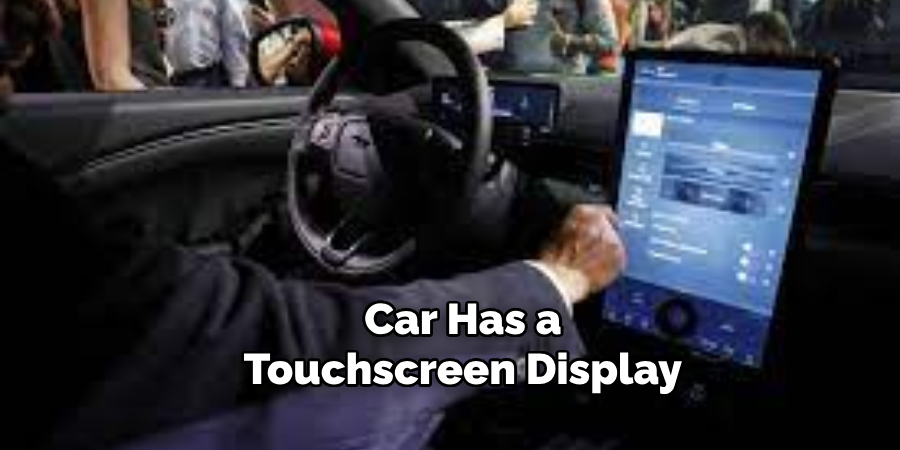
Q4: Are There Any Legal Issues with Disabling the Camera?
A: It’s important to check your local laws and regulations before disabling any safety features in your car. Some areas may have specific rules regarding driver-facing cameras and disabling them could result in fines or penalties. Do your research and consult a professional if you have any concerns. Overall, it’s important to weigh the potential legal consequences before making any changes.
Conclusion
The Camera Monitoring System (CMS) can be a great tool to capture important data while driving, but if you’re not interested in the features offered by the CMS then disabling the driver-facing camera may be something you want to consider.
Remember that the CMS has a range of settings that you can adjust to suit your needs, from allowing live images or video recording, to completely disabling it. Be sure to read all instructions carefully and take the appropriate steps necessary for your situation before making any changes.
Make sure you understand exactly how this system works and use it properly so that you can make sure your safety is not compromised – after all, it’s better safe than sorry! We hope this information has been helpful in understanding more about how to disable driver facing cameras and why they are beneficial for those who need them. Thanks for reading and until next time – stay connected!
About
Safety Fic is a distinguished figure in the world of Diy design, with a decade of expertise creating innovative and sustainable Diy solutions. His professional focus lies in merging traditional craftsmanship with modern manufacturing techniques, fostering designs that are both practical and environmentally conscious. As the author of diy, Safety Fic delves into the art and science of Safety Fic-making, inspiring artisans and industry professionals alike.
Education RMIT University
(Melbourne, Australia) Associate Degree in Design (Safety Fic) Focus on sustainable design, industry-driven projects, and practical craftsmanship. Gained hands-on experience with traditional and digital manufacturing tools, such as CAD and CNC software.
Nottingham Trent University
(United Kingdom) Bachelor’s in diyfastly.com and Product Design (Honors) Specialized in product design with a focus on blending creativity with production techniques. Participated in industry projects, working with companies like John Lewis and Vitsoe to gain real-world insights.
Publications and Impact
In diy, Safety Fic his insights on indoor design processes, materials, and strategies for efficient production. His writing bridges the gap between artisan knowledge and modern industry needs, making it a must-read for both budding designers and seasoned professionals.
